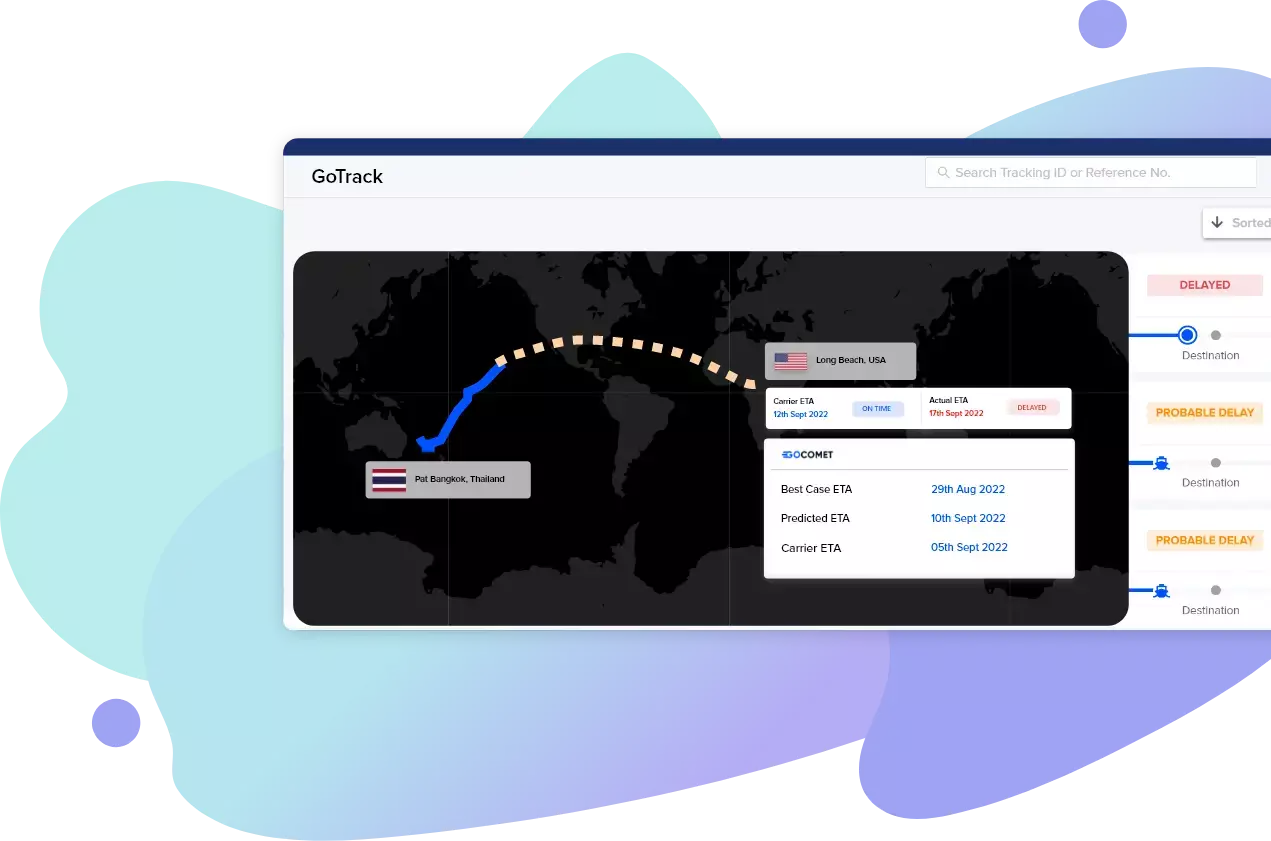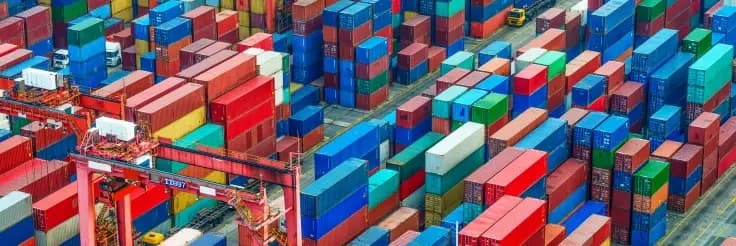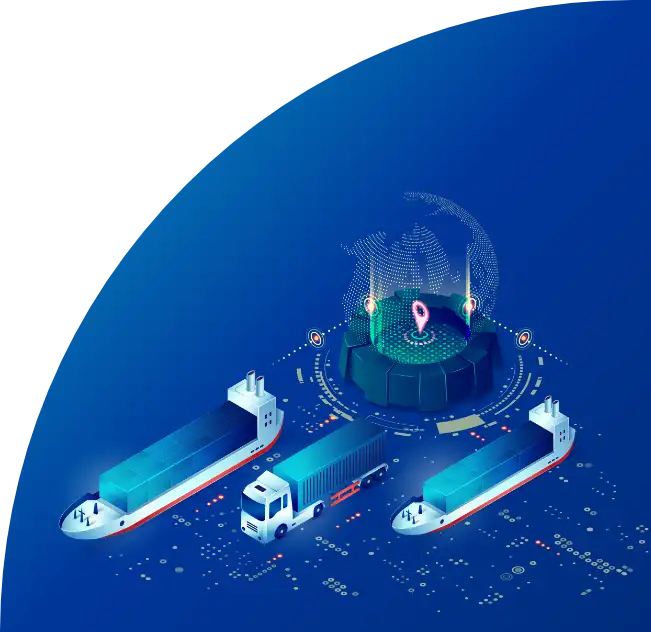Current Port Congestion in Argentina
See how cargo backlogs, seasonal agricultural exports, and recent logistics reforms are reshaping vessel traffic and congestion patterns across major Argentine ports. With GoComet’s port congestion tool, track real-time updates on berthing delays and container flow to better manage your import and export operations through Argentina.
Need access to our entire database?
Ports List
















































































Port Delay by Country
About Argentina Ports and Congestion
Need weekly report on port congestion for your desired ports?
Feature Insights
Sailing Schedule
63%
shipments do not arrive on-time at Argentina region
Carrier Spotlight
MSC
has the highest shipments arriving on-time for Argentina region
GoComet launched revolution!
Stay up to date with live weekly
congestion status of your ports


Navigating port congestion to mitigate 51% of the delivery delays: Case study
In today's globalized world, efficient supply chain management is crucial for businesses to thrive. However, disruptions such as port congestion can significantly impact delivery schedules, leading to frustrated customers and compromised production c...
# blog

Region-Specific Port Congestion Analysis – Quarterly Report
Global port congestion in Q1 2023 has improved significantly from its peak in Q4 2021, but it is still far from normal. The main factors that have contributed to the improvement are the easing of COVID-19 restrictions, the return of some ships to ser...
# blog







Frequently asked questions
Why is Madryn port particularly sensitive to seasonal traffic?
Agricultural seasons trigger spikes in equipment imports and reefer exports, which congest Madryn’s limited terminals.What causes congestion at Rosario during overland delays?
Hinterland trucking disruptions often delay cargo arrivals, leading to vessel idling and missed windows.Are reefer facilities at capacity during exports?
During harvest periods, reefer plugs and cold storage run short, causing bottlenecks in reefer handling.How do ports try to reduce stay times?
Argentine ports push early paperwork deadlines and schedule off-peak loading slots to limit crowding.What role does dredging play in congestion?
Inconsistent dredging schedules reduce access for deep-draft vessels, causing reallocation and delay.
